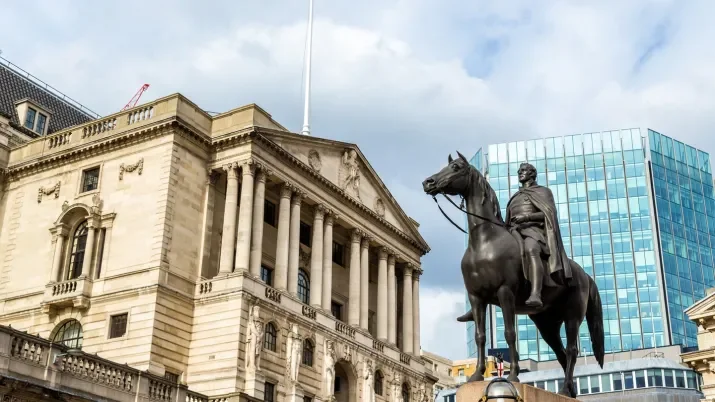The maths of the US labour market
TwentyFour
Before the pandemic struck in February 2020, there were 159 million employed Americans; by the end of April that year, 26 million jobs disappeared. Since then, politicians and central bankers have focused on recovering all jobs lost to the pandemic fallout and returning to pre-COVID levels. Jay Powell and other Fed officials have reiterated that they are willing to allow flexibility on the Fed's inflation mandate to pursue their other goal – full employment. But, could this dynamic be about to change?
The US economy has rapidly regained lost jobs as restrictions have eased. Last Friday's Nonfarm Payrolls release displayed this strength with the addition of 531k US jobs, while the previous month's number was revised up by 118k.
However, in our opinion, the more pertinent data was the disclosure that the participation rate remains stuck at 61.6%, almost 2% below pre-pandemic levels.
This decline in participation has been anticipated due to the psychological impacts of the pandemic, increase in household wealth, and lifestyle changes, potentially leading to more people dropping out of the labour market indefinitely.
And so, looking at the unemployment equation, the total pool of labour remains stubbornly shallow, with every job added to the economy directly reducing the number of unemployed. Consequently, we saw the unemployment rate drop to 4.6% in the most recent release, below market expectations. Remember, it was 5.2% only two months ago.
Therefore, full employment is approaching much quicker than the Fed has forecast. For a long time, many regarded 4% as the 'magic number', and while the US economy reached a pre-pandemic unemployment rate of 3.5%, it's fair to say that around 4% or just below is the level economists would agree as fulfilling the definition of “full employment”. Therefore, the participation rate is key to the timing of full employment, but it is tough for anyone to predict due to the uniqueness of the last 18 months. However, there is no sign as yet that the participation rate is going to bounce back dramatically. Assuming a constant participation rate, only 1 million more jobs are required to produce an unemployment rate below 4%. At the current pace, this looks highly likely to occur during Q1 2022.
The Fed has done an extraordinary job facilitating the conditions to allow jobs to quickly return to the US economy, as demonstrated by the 10.4 million current job vacancies. Nonetheless, as we enter 2022, full employment is approaching fast. Meanwhile, inflation figures remain higher than levels observed in the last 30 years. And so, the maths doesn't lie - the Fed could be under pressure in Q1 as it meets its employment goal, and there's nowhere for inflation to hide. Reaching full employment could place the Fed in a tricky corner very soon and increase worries about a policy error. We will undoubtedly hear that the low participation rate is also transitory, but this message is wearing very thin with bond market participants.
We think these dynamics will force the Fed to act sooner than they would like, and the delinking of tapering and lift off may not be possible. Just another reason to be cautious on longer-dated Treasuries.


